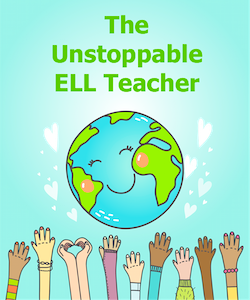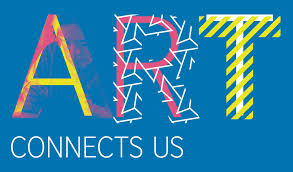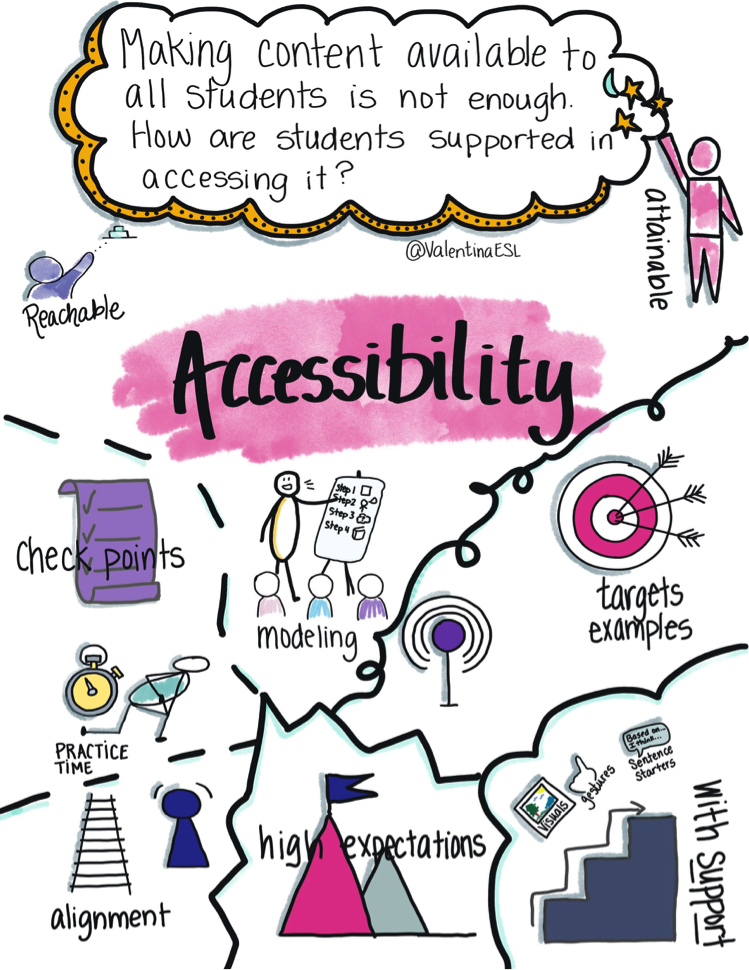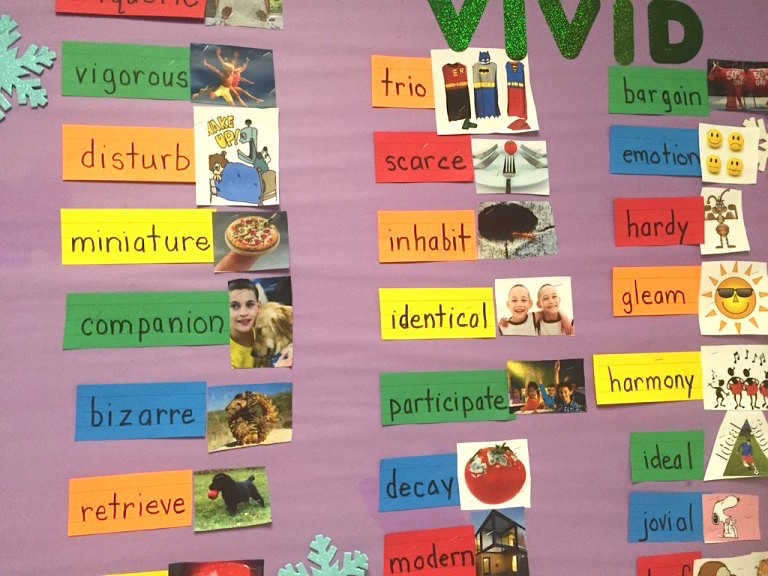Achieving Accessibility for All of Our Learners
A MiddleWeb Blog

Let’s say for example that we are all entitled to have equal access to the water from the water fountain at school. You are a student who is able to reach it on your own without any assistance. You walk right up and easily drink as much water as you desire. The fountain is within your reach. You don’t have to use a step ladder or have any assistance to reach the fountain.
However, I am not tall enough yet. Does that mean I can’t have any? Will I need to wait until next year perhaps when I grow an inch or two? Should the maintenance crew lower the fountain? Should I be given juice instead until I can reach the water on my own? Or would it be more appropriate to give me a support to reach the water fountain myself?
Now replace the water fountain with content instruction. And imagine that native English speaking students are able to access the information you present without linguistic accommodations. However English learners who are acquiring English and content simultaneously need scaffolds to process language.
They are cognitively capable of learning content. The linguistic supports or accommodations we provide help to level the playing field for English learners. In my analogy, they get the support they need to reach the water themselves.
No matter the subject area or content area, you can make content accessible for English learners. Whether you teach a science discipline, math, English language arts, theater arts, visual arts, physical education, dance, music, choir, etc., you can and should make the content that you teach accessible to ALL of your students and not just to some of them.
Simply making content available to students is not enough. We have to make it accessible as well to the learners in front of us. By supporting their linguistic needs as English learners acquire English, we can help to ensure that they are learning content.
What does accessibility mean?
Accessibility is not giving one group an advantage over the other. Accessibility levels the playing field so that everyone has the same chance. For example, do you wear glasses? Would you consider glasses as an advantage? Probably not. They help people to see clearly. Glasses help level the playing field.
Accessible means reachable or attainable. In order to make learning accessible, it’s our job to find the obstacles and create paths to the goal.
How do we make content accessible?
Set High Expectations
Never feel bad for English learners. There isn’t anything to feel bad about! These kids are future bilinguals! Celebrate them and support them in this! Then set high expectations and let them know that you will be there to guide them. Setting goals with students holds them accountable and lets them know that learning is not passive. They are the most important part of the process.
Align
Align your instruction with students’ language levels and content needs. Knowing your students and their passions – who they are – will help you align lesson planning. You can use their experiences and background knowledge as you plan. Incorporating their passions and experiences creates a culturally inclusive curriculum.
Model
Set students up for success by modeling what you expect. English learners in the middle grades especially need this if they are coming from countries with different educational expectations and norms. Be explicit in your demonstration of what you would like for them to do or achieve.
Give Examples
If students are turning in a piece of writing, show them student created examples of what the end product may look like. If they are creating a product, show them pictures or physical models. Whatever the end product is, don’t leave it to their imagination. It makes me think of myself cooking something for the first time. I need to see what the end result should look like. If not, I’m just shooting in the dark!
Use Accommodations
When students are learning new topics or new vocabulary, one of the quickest ways to make it accessible is to use visuals. Pictures are powerful because they are richly imprinted in our brains and therefore easier to recall. We receive them both visually and verbally whereas words enter in a single code, verbally. Pictures break the language barrier.
When students are speaking or writing, they may need accommodations to support language structures. Sentence stems and sentence frames help to build confidence and language in students as they acquire English.
Using gestures and slowing the rate of speech as you lecture or direct teach may support English learners and help make content accessible. Pointing to objects or demonstrating while talking aids students in comprehending the spoken word.
Provide Practice Time
Give students plenty of time to practice with your support and with the support of peers. Practice time is the heart of instruction. During this time, build in checks for understanding and feedback. Skipping this could increase the likelihood that gaps in learning will occur, and they will grow until they are noticed by a check for understanding or an assessment.
If we wait too long to check for understanding and then realize that gaps have been created, it may be too late to catch up. For English learners this can be extremely harmful since they are working hard to learn language and content.
Classroom Scenario
Ms. Nguyen is a 4th grade and 7th grade art teacher who has several English learners in her classes. She met with the campus ESL specialist earlier in the year to ask about each student and their language levels. The ESL specialist gave Ms. Nguyen a chart with each student’s proficiency level and some additional information about years in US schools, where each student was from, and their primary language.
Ms. Nguyen noticed that many of her students were from Mexico and a few were from Japan. She did some research about art and artists from those countries. She decided to incorporate this new information into her upcoming units.

After students shared, Ms. Nguyen planned for students to have ample time to practice on their own but with her feedback as she checked for understanding.
On the first day of the lesson, her English learners’ faces lit up when they saw artwork from their home countries. They felt valued and reassured that they belonged.
Making your content accessible
Think about your content area. No matter what it is, you can make it accessible to your learners. All learners, be they English learners, students with special needs, or students who have no additional indicator, benefit from and are entitled to accessibility.





































There is so much to love in this post. This paragraph actually gave me goosebumps, “Never feel bad for English learners. There isn’t anything to feel bad about! These kids are future bilinguals! Celebrate them and support them in this!” Great piece! THANK YOU!
Rita, your comment warms my heart. Thank you for reading and for sharing your feedback. Much appreciated!
❤️❤️❤️❤️
😊
Valentina – Another home run. Loved the drawing that accompanied the article.
Judie, thank you kindly for reading and for commenting. Your opinion is valued. You made my day!
In a society where 2 is better than one, ELL students may not initially experience the benefits of being bilingual. However, with time and the healthy learning environment that intentionally celebrates 2 languages, students begin to fully embrace both tongues.